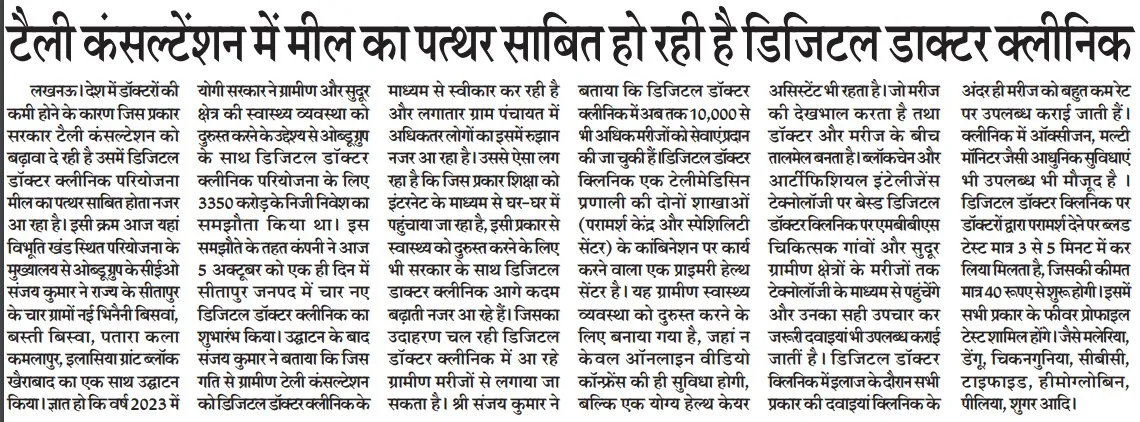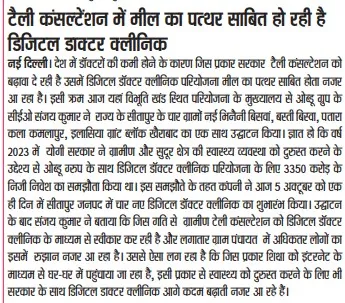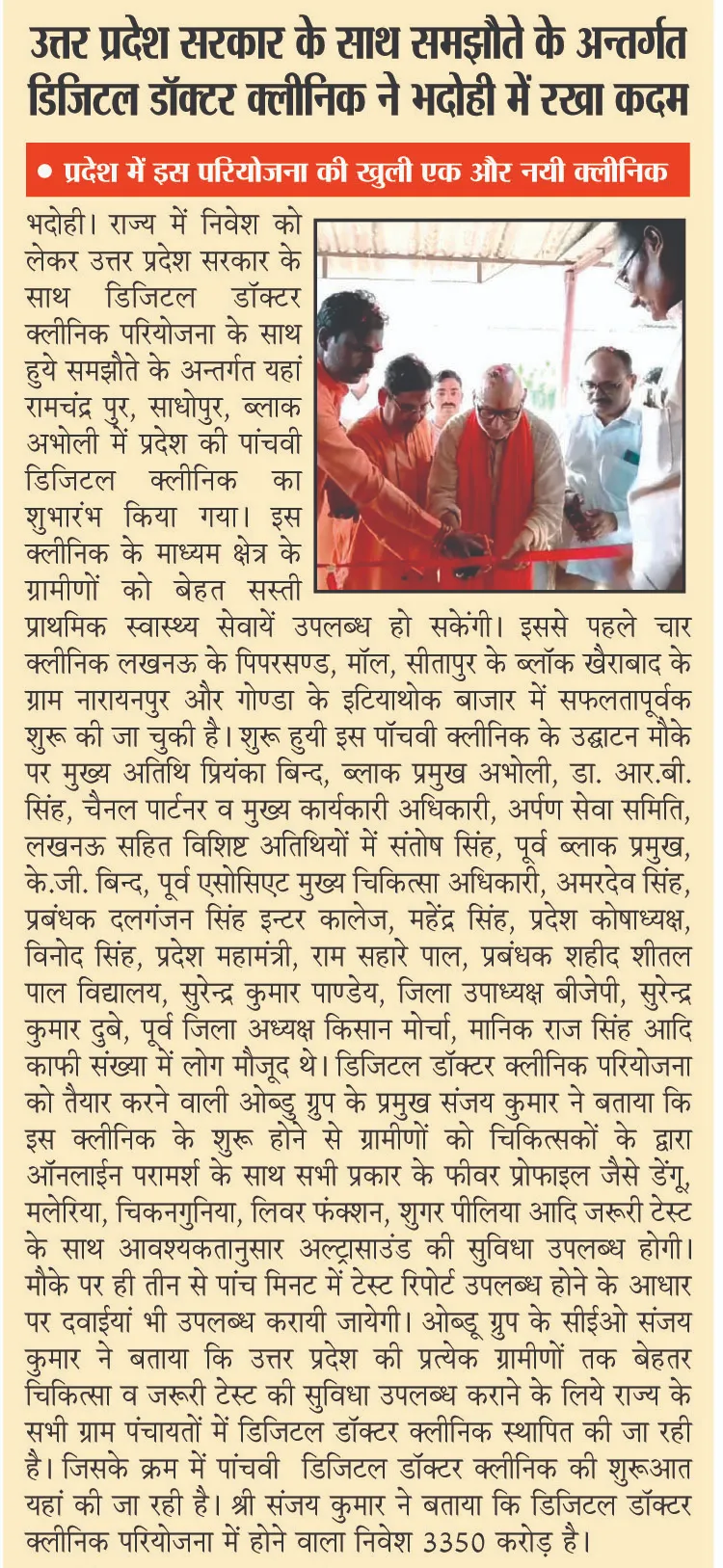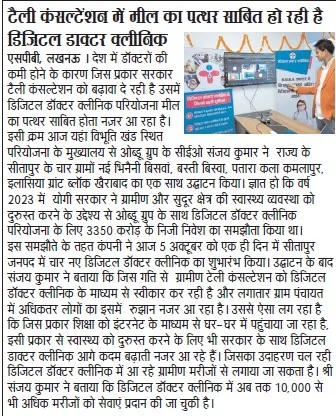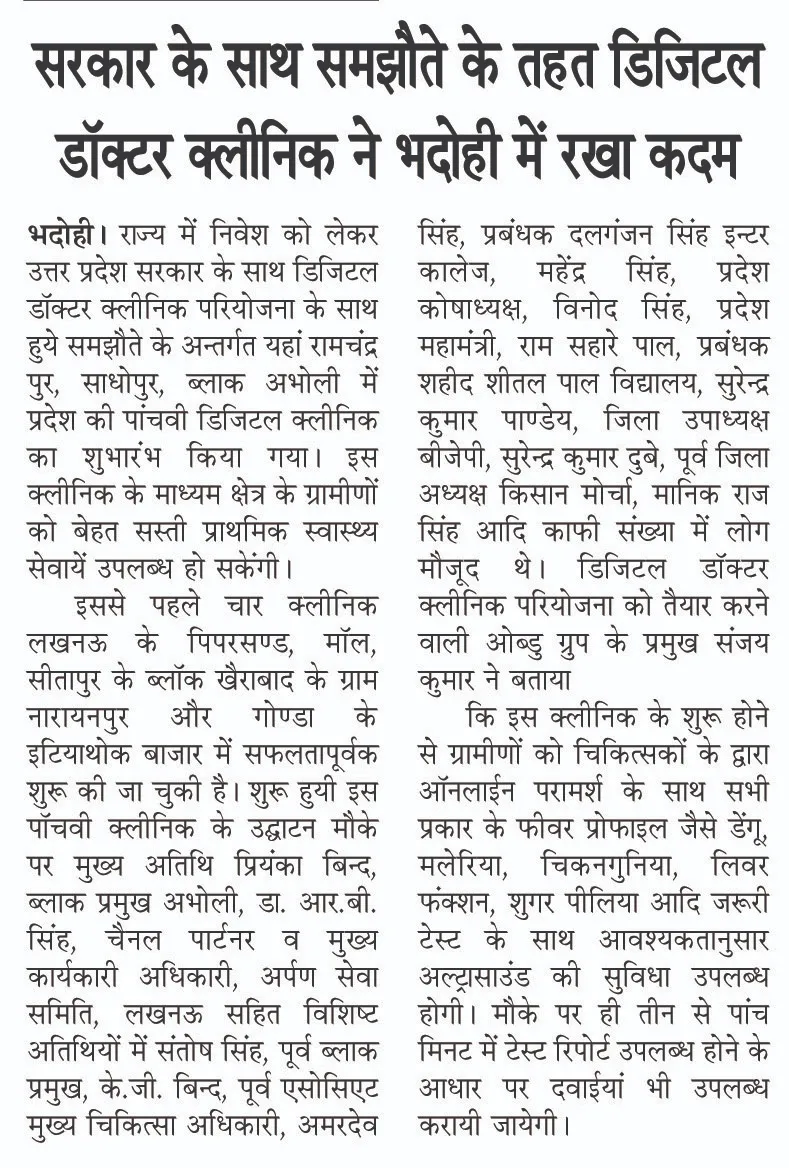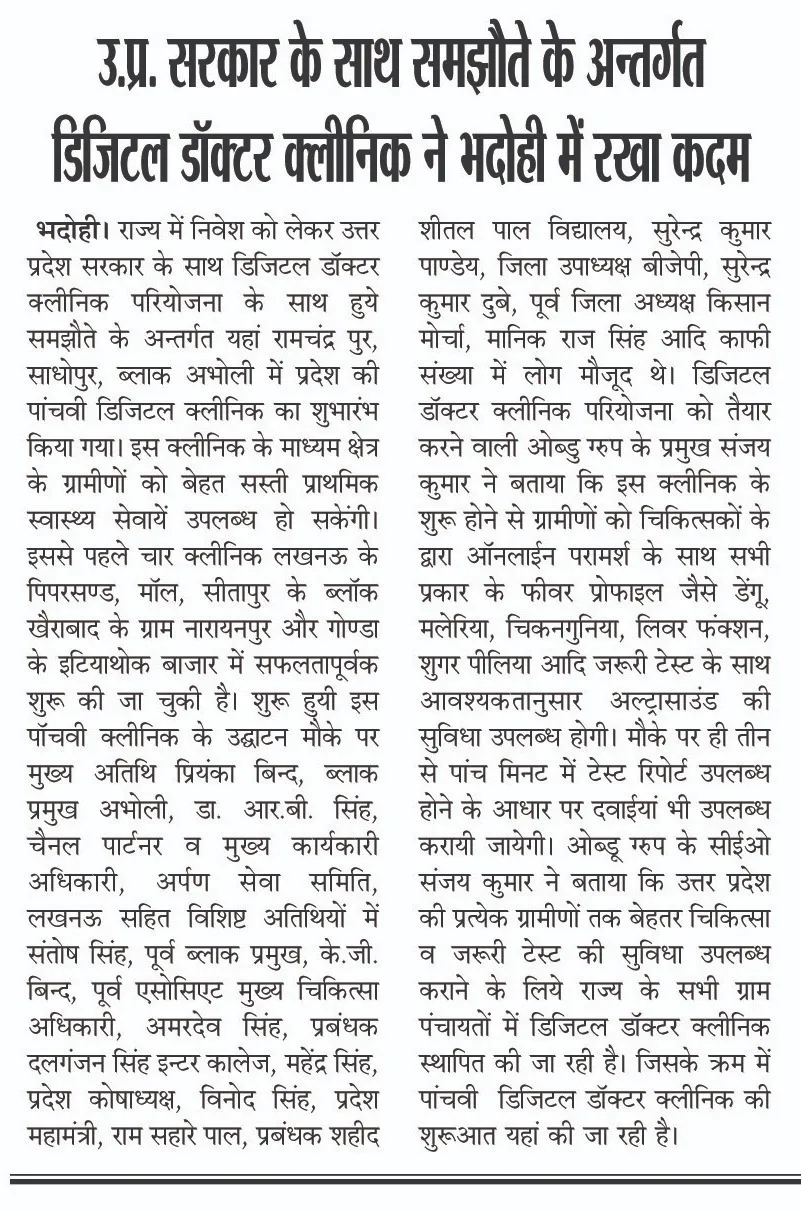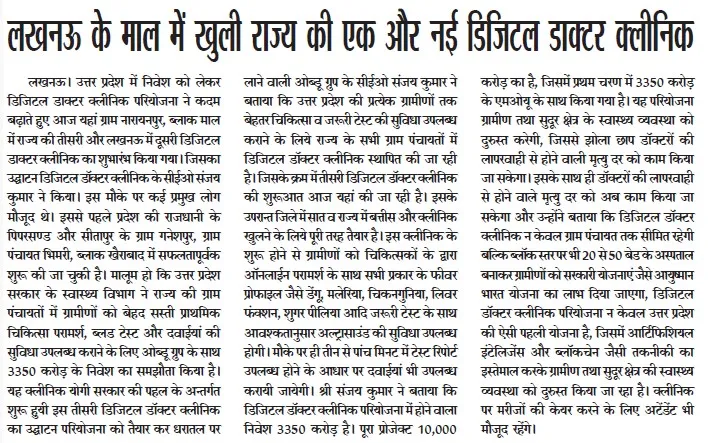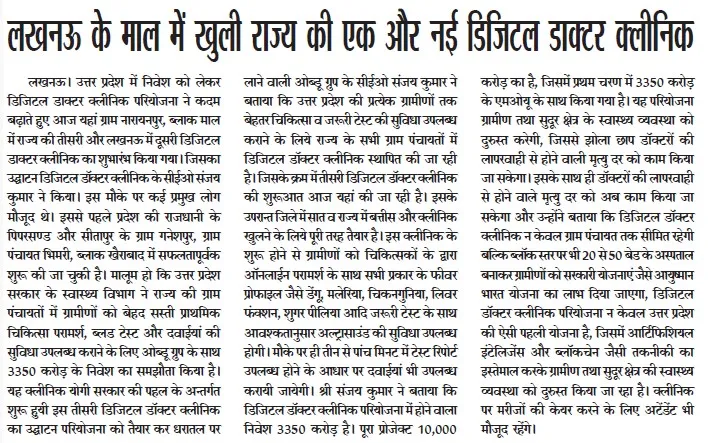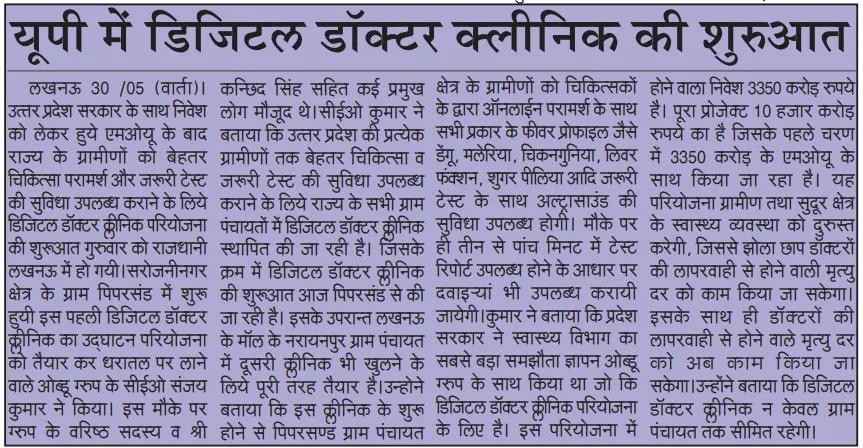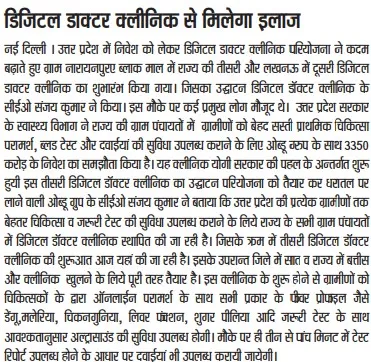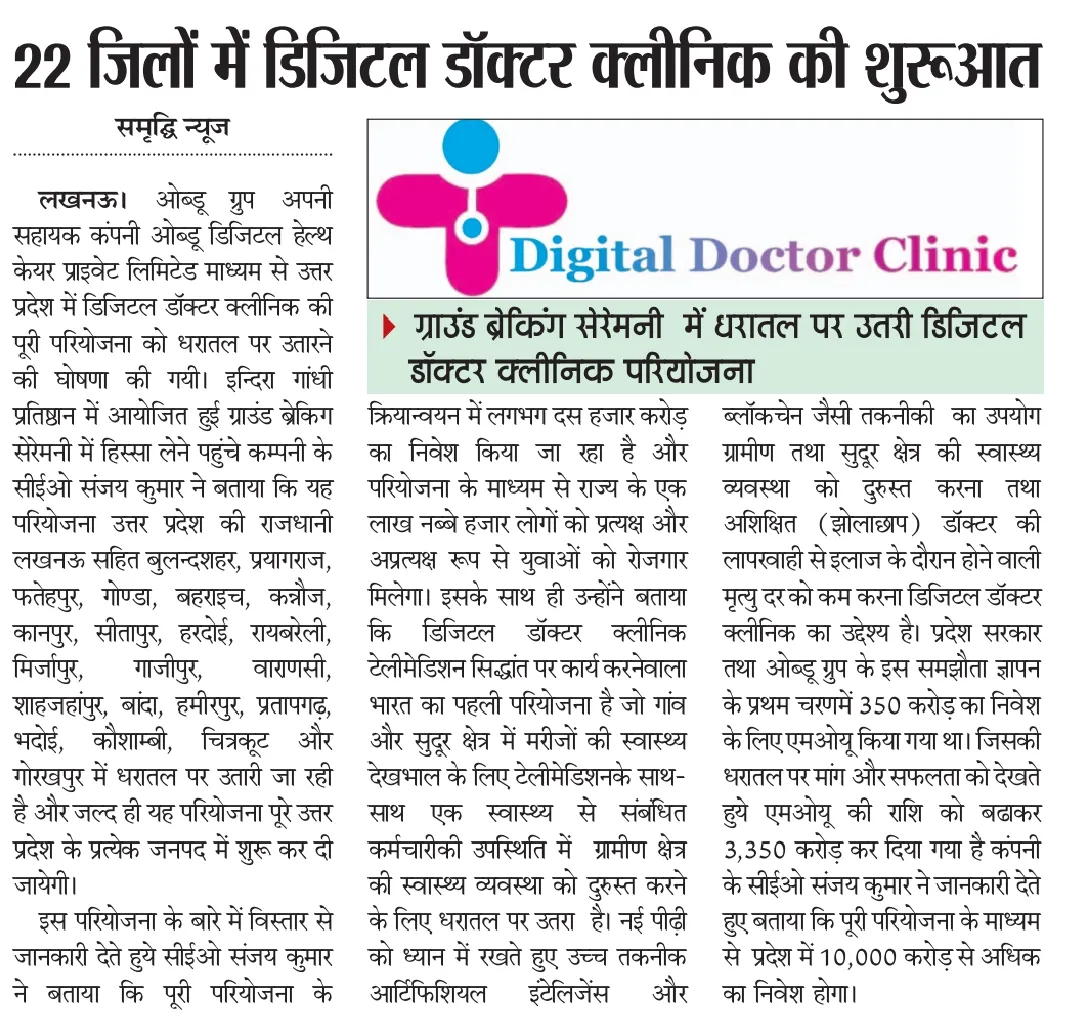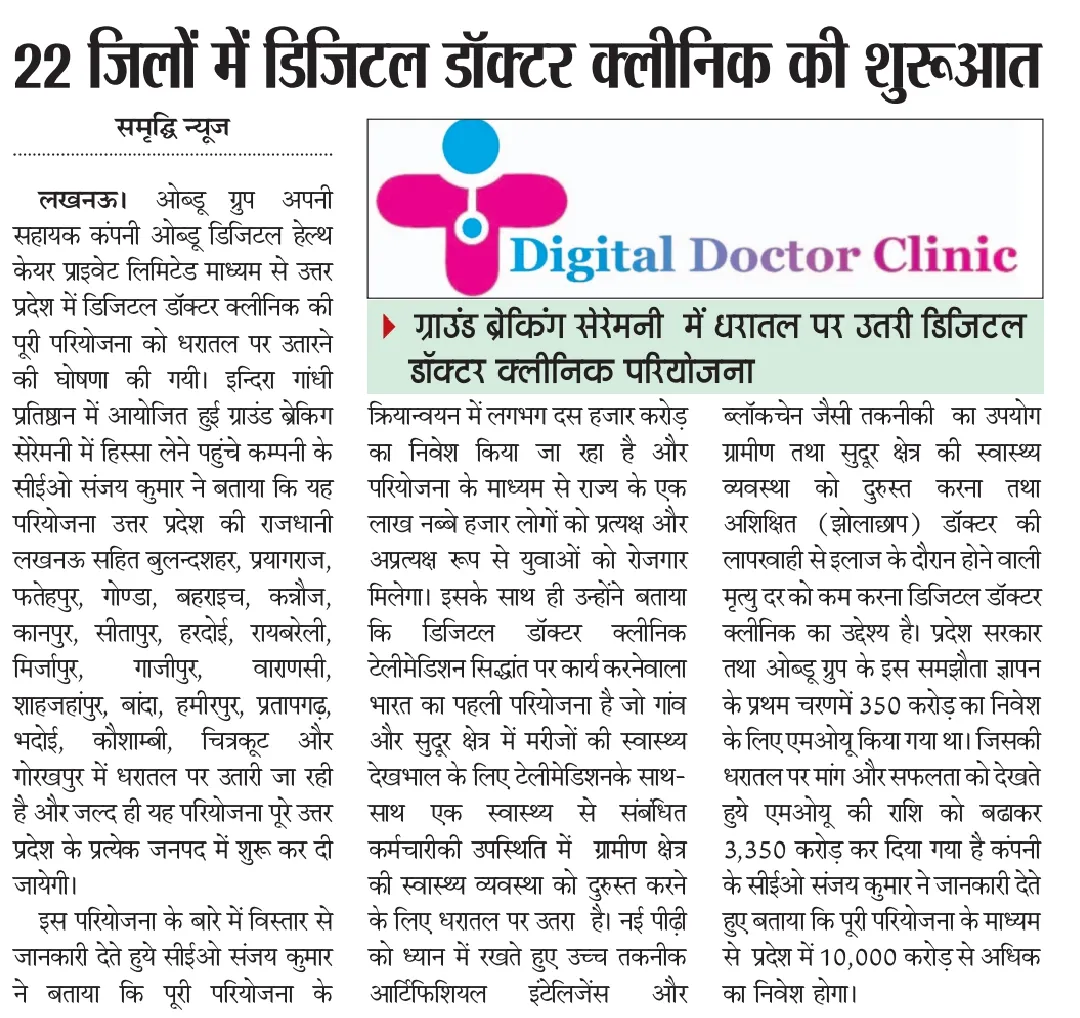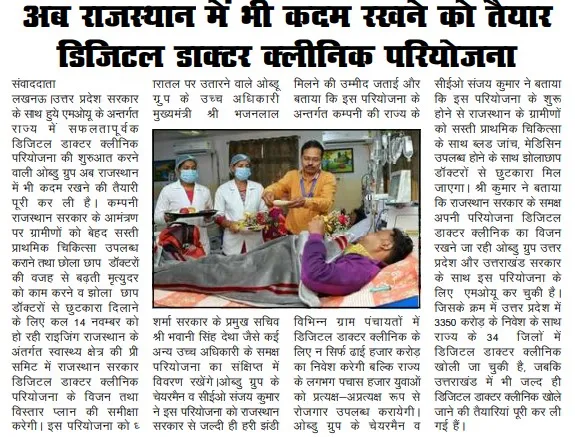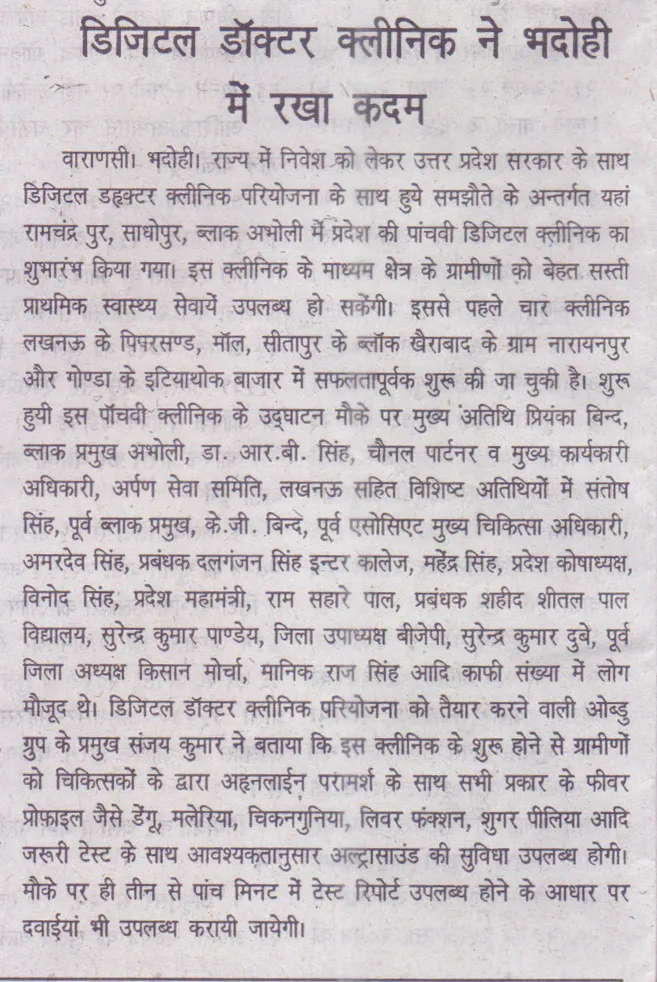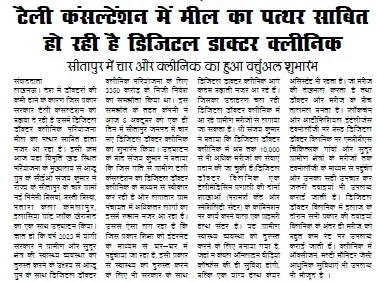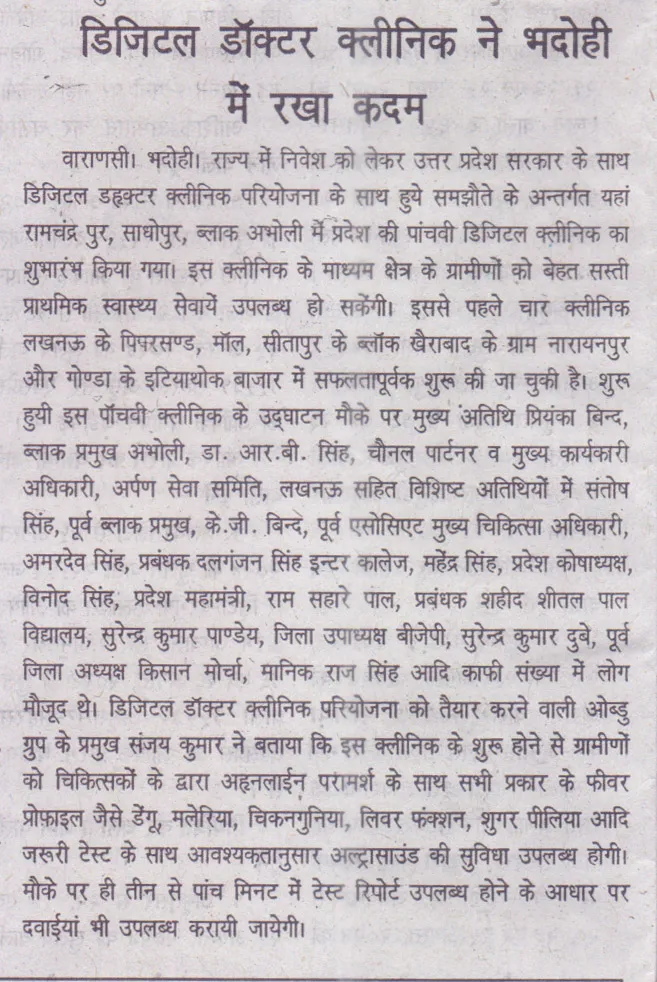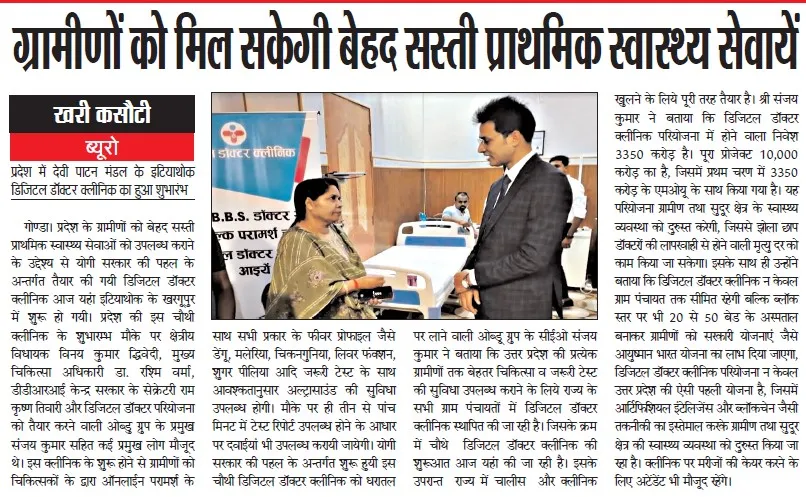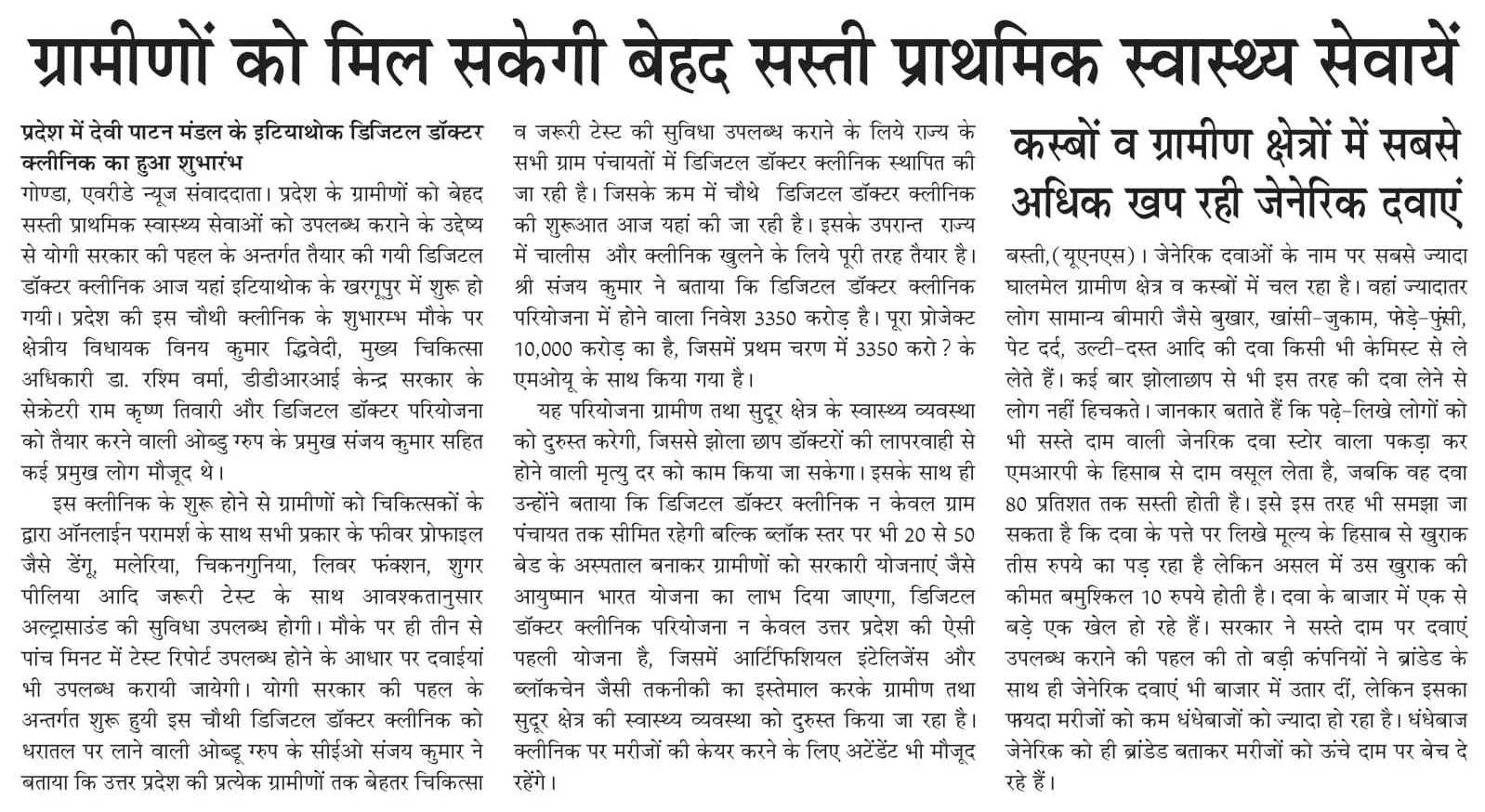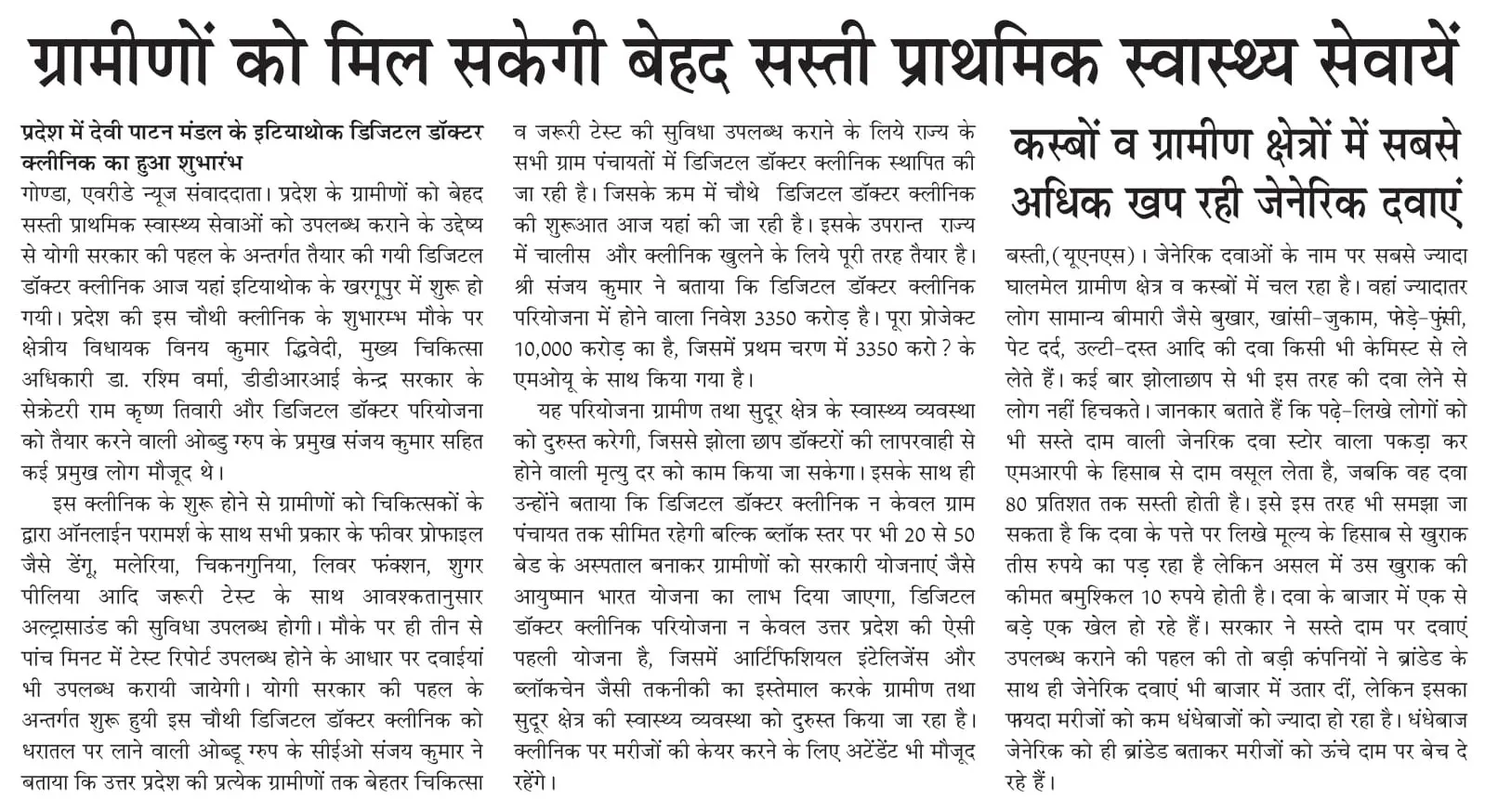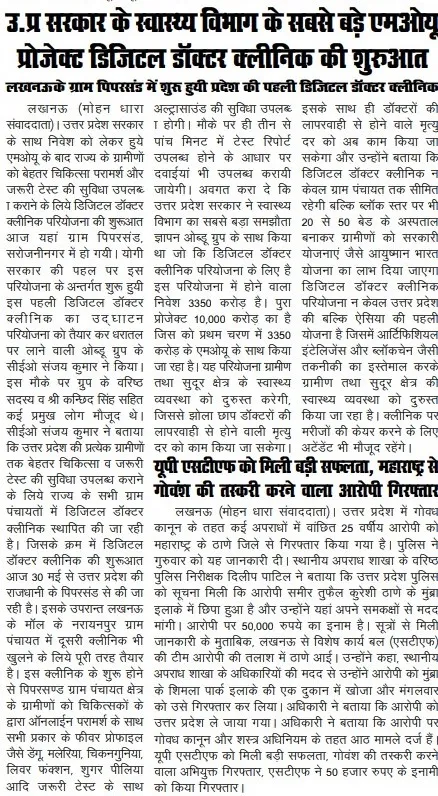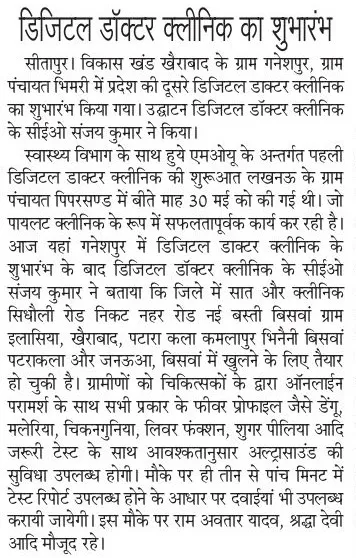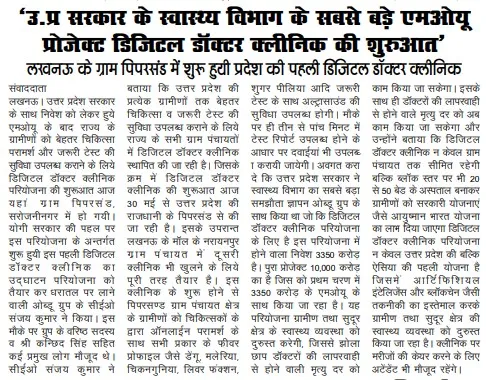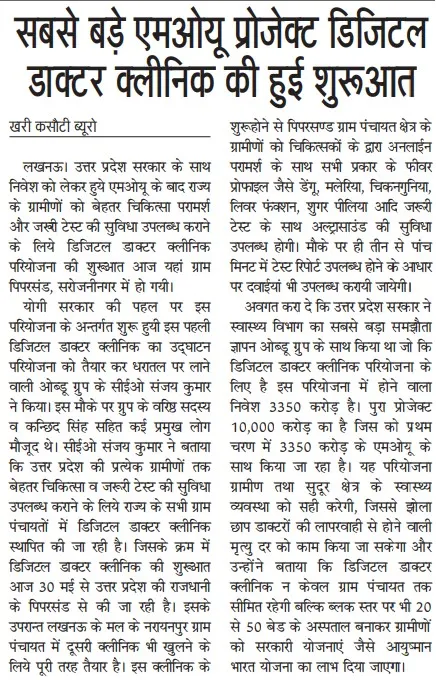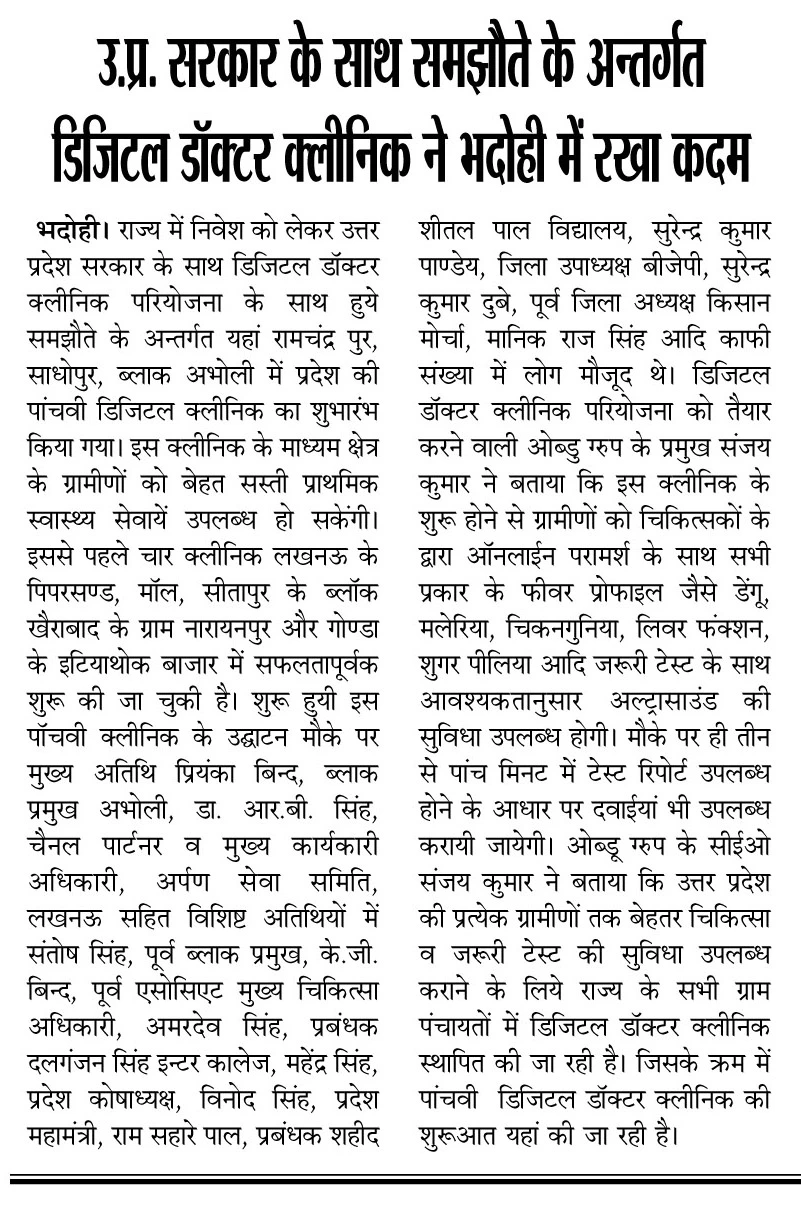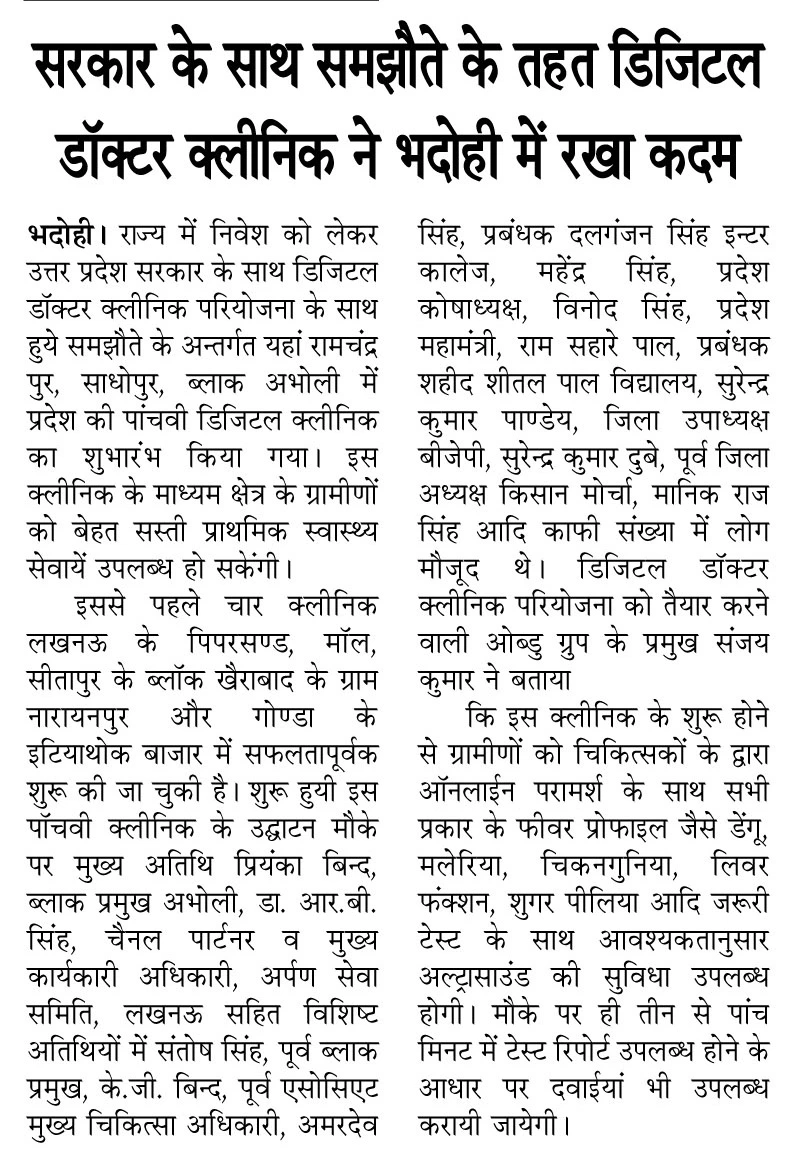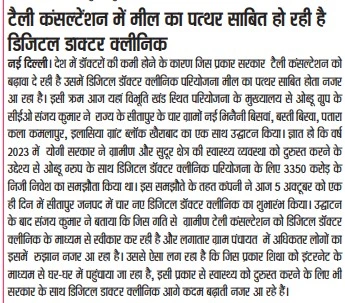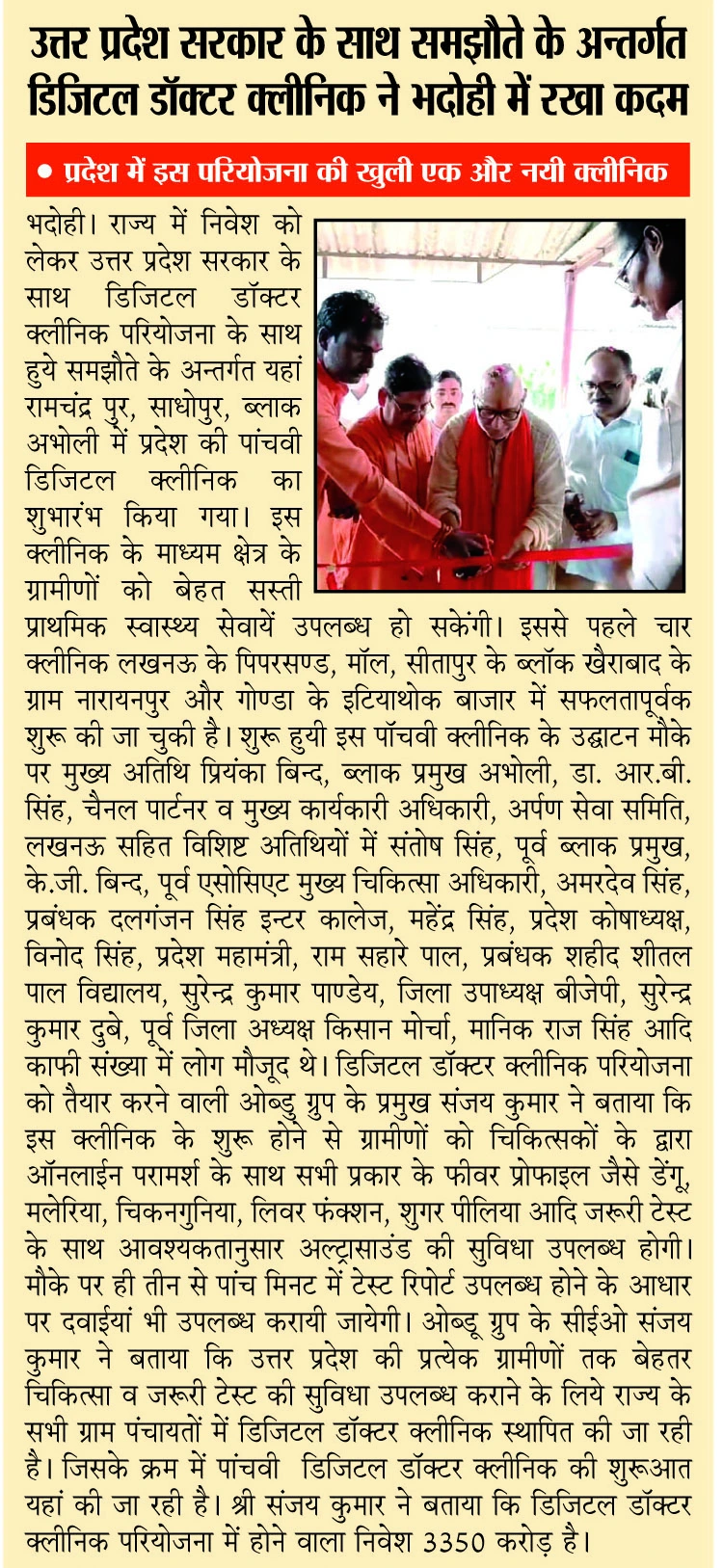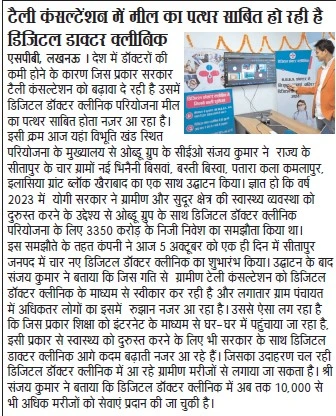उत्तर प्रदेश सरकार की ओर से उत्तर प्रदेश के लिए। ओब्डू के साथ समझौता ज्ञापन 23/HEALTH/0000010982



Understanding the CBC Test, A Comprehensive Guide
The Complete Blood Count (CBC) test is a fundamental diagnostic tool used in medicine to assess a person’s overall health. It provides valuable information about various components of the blood, including red blood cells, white blood cells, platelets, haemoglobin, haematocrit, and other crucial elements. This test is essential for detecting a wide range of medical conditions and monitoring treatment effectiveness.
What is a CBC Test?
The CBC test measures the following key components of the blood:
- Red Blood Cells (RBCs)
- These cells are responsible for transporting oxygen from the lungs to the rest of the body and returning carbon dioxide to the lungs for exhalation
- White Blood Cells (WBCs)
- These cells are crucial for the immune system as they help the body fight infections and other diseases.
- Platelets
- These cell fragments play a vital role in blood clotting, preventing excessive bleeding.
- Haemoglobin
- This protein in red blood cells carries oxygen throughout the body. The haemoglobin level indicates the blood’s ability to carry oxygen.
- Haematocrit
- This measures the proportion of blood that is made up of red blood cells, indicating the blood’s capacity to carry oxygen.
Why is the CBC Test Conducted?
The CBC test is commonly ordered for various reasons, including:
- • Routine Health Check-up
- As part of a standard health examination, the CBC test can detect potential abnormalities in the blood that might indicate underlying health issues.
- Diagnosing Medical Conditions
- The test can identify a range of conditions such as:
- • Anaemia
- A condition characterized by a deficiency of red blood cells or haemoglobin.
- • Infections
- Elevated white blood cell counts can indicate bacterial or viral infections.
- Cancer
- Certain cancers, such as Leukemia, can be detected through abnormal white blood cell counts.
- • Monitoring Treatment Effectiveness
- For patients undergoing treatment for various conditions, the CBC test helps in monitoring the effectiveness of the treatment and detecting any side effects that might affect the blood
How is the CBC Test Conducted?
The CBC test is a straightforward and minimally invasive procedure involving the following steps:
- Blood Sample Collection:
- A healthcare professional uses a needle to draw a small sample of blood from a vein, usually in the arm.The site is cleaned with an antiseptic, and an elastic band is placed around the upper arm to fill the veins with blood.The needle is inserted, and blood is collected in a vial or syringe..
- Laboratory Analysis
- The collected blood sample is sent to a laboratory where automated machines analyze it.Various components of the blood are measured, and the results are generated.
- Result Interpretation:
- The test results are usually available within a few days.A healthcare provider reviews the results to check for any abnormalities and determine if further testing or treatment is necessary.
- Understanding the Results
- The results of a CBC test are presented as a series of values, each representing different aspects of the blood. Typical components measured and their normal ranges are:
- • Red Blood Cell Count
- A condition characterized by a deficiency of red blood cells or haemoglobin.
- • White Blood Cell Count
- Approximately 4,500 to 11,000 cells per microliter.
- • Platelet Count
- Approximately 150,000 to 450,000 platelets per microliter
- • Haemoglobin
- Approximately 13.8 to 17.2 grams per deciliter for men, and 12.1 to 15.1 grams per deciliter for women.
- • Haematocrit
- Approximately 40.7% to 50.3% for men, and 36.1% to 44.3% for women.
- Abnormal results might require further diagnostic tests to pinpoint the exact cause and to formulate an appropriate treatment plan.
Conclusion
The CBC test is a crucial component of routine health assessments and diagnostic procedures. By measuring the various components of the blood, it helps in detecting a wide range of medical conditions, monitoring treatment progress, and ensuring overall health. Its simplicity and effectiveness make it an indispensable tool in modern medicine.
















